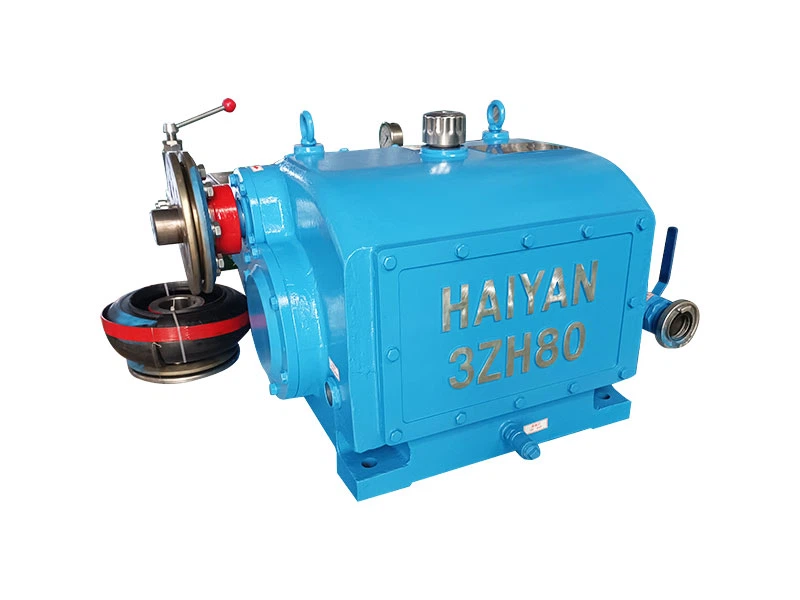Appearance inspection
1. Check the sealing parts: directly observe the shaft seal, plunger seal, valve seal and other parts of the pump to check if there are any signs of medium leakage. If there is liquid leakage, oil stains or water stains around the seal, and the surface of the seal is worn, cracked, deformed, hardened or softened due to aging, it may indicate that the seal is damaged.
2. Check the connection parts: carefully check whether the connection parts between the seal and the pump body, shaft, plunger and other parts are loose, displaced or the sealant fails. If the connection is not tight, it may cause medium leakage and affect the sealing effect.
Operation status inspection
1. Pressure change: observe whether the pressure is stable during the operation of the pump. If the seal is damaged, it may cause pressure fluctuations or fail to reach the normal working pressure. Because the seal is not tight, the medium will leak in the pump, affecting the volumetric efficiency of the pump, and then causing abnormal pressure.
2. Flow change: pay attention to whether the flow of the pump is abnormal. Damage to the seal may cause a drop in flow or instability, because leakage will cause part of the medium to flow back and fail to output normally, thus affecting the flow.
3. Temperature check: Check the temperature of the seal. If the seal is damaged, the local temperature may rise due to increased friction or medium leakage. For example, if the temperature at the shaft seal is too high, it may be due to excessive friction between the seal and the shaft, or poor heat dissipation caused by medium leakage.
Disassembly inspection
1. Visual inspection: After the pump is shut down and the seal is removed, directly observe the surface condition of the seal. Check whether the sealing surface has signs of damage such as wear, scratches, cracks, deformation, corrosion, etc. For example, if the lip of the plunger seal is worn or cracked, it will affect its sealing performance.
2. Dimension measurement: Use a measuring tool to measure the key dimensions of the seal, such as the inner diameter, outer diameter, thickness of the seal ring, and the thickness of the gasket, and compare them with the original specification dimensions. If the size exceeds the allowable error range, it means that the seal may have been damaged due to wear or deformation and cannot perform the sealing function normally.
3. Elasticity check: For elastic seals such as rubber, press or stretch them by hand to check their elasticity. If the seal loses its elasticity, becomes stiff or too soft, it may affect its sealing effect and needs to be replaced.

